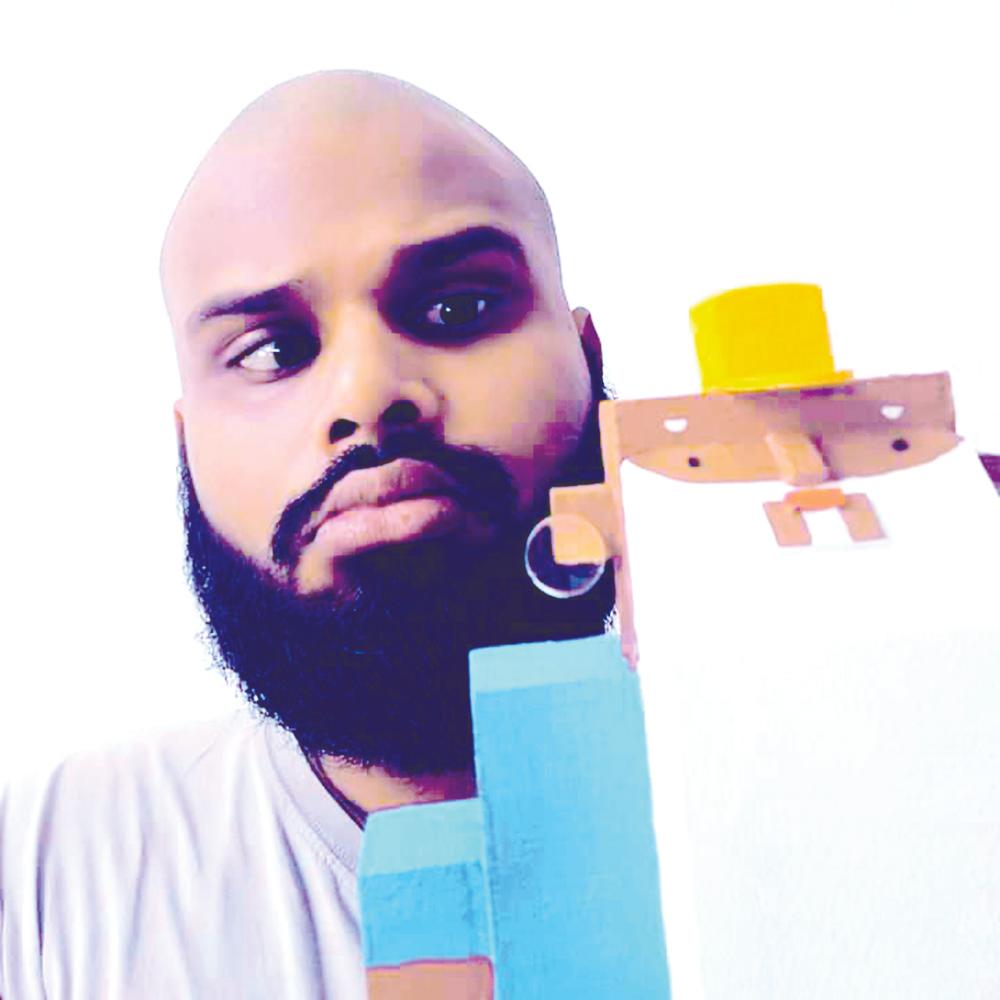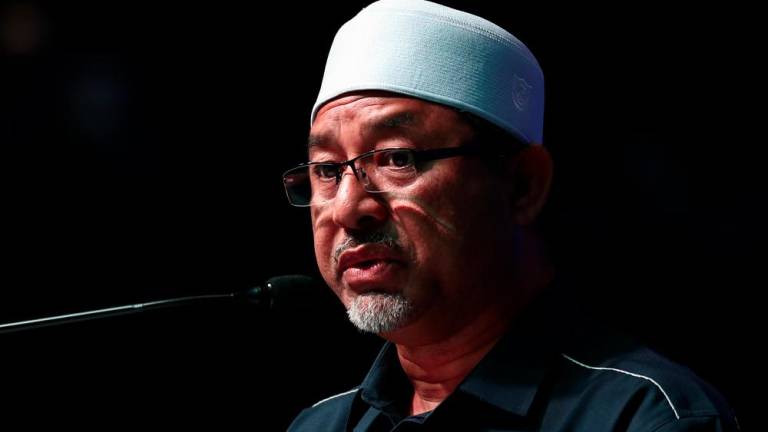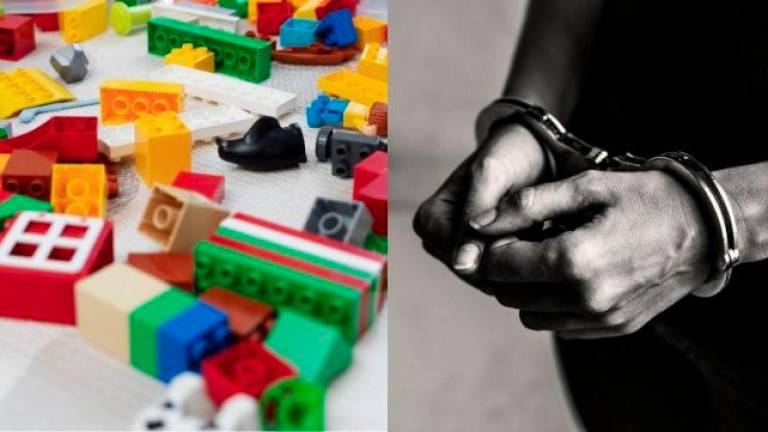MOST designer toys are made of vinyl, plastic, or resin, but there is a Malaysian character artist who chooses to make his creations out of something less conventional – wood.
“There was a period of time where I had an ‘artistic block’, where I couldn’t draw or paint at all,” recalled Kebab Toys founder Julius Raja Manickam, known as Kangblabla within the local art scene.
“Every time I started on a piece, nothing satisfied me. It was scary at times, as I felt I had lost my means of expression, and my whole life revolved around said expression.
“So looking around the home studio where I was living, I noticed some pieces of wood, and I had a thought that maybe I could make sculptures instead. I read somewhere [that] a change of medium could help bring relief, so I did just that.
“In my mind, I thought to myself that I still could do character design, but now it would be in a 3D format rather than 2D which I had spent more than two decades on.
“I created a couple of wooden sculptures, very raw in finishing. I never learnt woodwork, and I was coming into it with a naive perspective. I really enjoyed that process and made more.
“After a year or so of playing around with wood, Kebab Toys was born. And as an added bonus, my art block had lifted, I could draw and paint again.”
He shared that his sculpting process now begins with him staring at a piece of wood until he hears a ‘voice’.
“These voices are eventually the characters [that are] revealed to me, as I listen and shape them into what they finally will become. From there, I paint them and their personalities get fully formed. I then find a place for them in the multiverse of characters I have created,” Julius continued.
These creations are spawned from the thought and ideas that came from daily life, from media and people to food and concepts.
Julius was born in Sitiawan, a region in the Manjung district of Perak. Growing up, he moved between Perak and Selangor.
“I moved several times all through my schooling and college life, as my dad was in the Royal Malaysian Navy,” explained Julius.
“I can’t really pinpoint an exact state that I can call my hometown due to that. I now call George Town, Penang my home, and have been living here since 2015.”
His love for creating characters, like many artists, started early. He was five years old when he created his version of the Power Rangers. Drawing characters came naturally to him and since then, he has never stopped.
“It was during primary school that I came across Gengkey, a comic by our very own local comic artist, Michael Chuah. His drawing style captivated my imagination and made me want to have my own drawing style.
“The term Character Artist / Designer was also due to him, as it was through his graphic novel that I got to know that term. That fueled my passion in creating characters, knowing that what I enjoyed doing was a valid path to pursue.”
The name Kangblabla was coined during his college days. He was working on an assignment during his third semester in Typography when he chose to make posters from the 70s. During his research, he discovered the period slang word.
“Kangblabla means anything and everything,” explained Julius. “It’s a word that can be used as a way to describe or convey anything. I fell in love with the concept of the word itself, to not have limits about who I am, or what I can be. I could be anything and everything if I choose so.
“Thus began my embodiment of the word Kangblabla.”
As Kangblabla, Julius creates his wooden figures under the brand Kebab Toys. As an artist, he also paints, illustrates, draws comics, and does pixel art.
“I wanted to produce digital artworks, but I did not own a laptop or computer at that time, so I downloaded a pixel art app on my phone and began making pixel art,” mentioned Julius.
“I really enjoyed the art of pixels, as it is very nostalgic to the games I played as a kid and also the taste I acquired from minimalism. I loved the idea that a few pixels can convey so much.”
He admitted that he is not sure who his exact target audience is.
“I don’t have an exact reason why [they like my work], but I’m glad they do. It makes me happy that my creations are accepted by them.
“I try not to ponder on it too much, but rather just keep making characters. Characters make me happy, so I create.”













